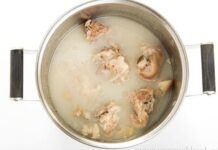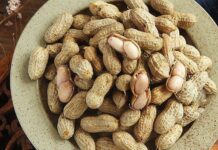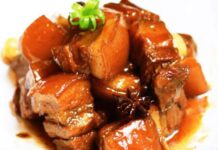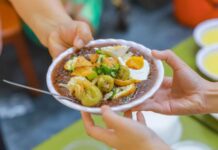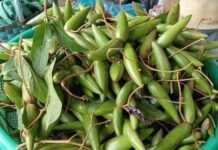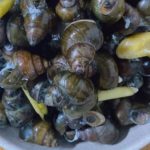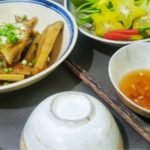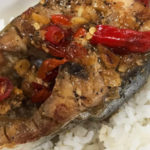Tapioca Starch: A Versatile Ingredient in Vietnamese Cuisine
– Tapioca starch, also known as tapioca flour, is a versatile ingredient used in various dishes in Vietnam. The name of this starch varies across different regions: in the North, it is called “bột sắn” or “bột đao,” in the Central region, it is referred to as “bột lọc,” and in the South, it is simply called “bột năng.”
– Tapioca starch is made from the root of the cassava plant. However, there is a potential for confusion with the naming convention in the North, as “củ mì” (cassava) in Northern Vietnam is called “củ sắn,” which can lead to mixing it up with arrowroot starch. So, readers, please take note of this distinction!
– In world cuisine, tapioca starch is commonly added to sauces as a thickening agent. In Vietnam, it is used in desserts and snacks, such as chewy pearls in drinks and desserts, and in making transparent dumpling wrappers.
– When cooked, tapioca starch provides a chewy, sticky, and stretchy texture to dishes, making them palatable and enjoyable. This unique characteristic makes it a popular choice for making various types of dumplings and noodles, including “bánh canh,” “bánh bột lọc,” and “bánh quai vạt.”
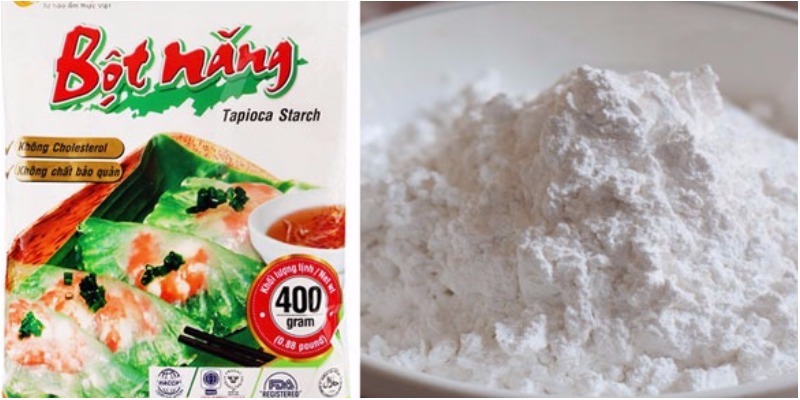
Water Chestnut Starch: A Specialty from Thailand and China
– Water chestnut starch, also known as “bột củ năng,” is made from water chestnuts, which are small, round, black-skinned, and white-fleshed roots. They are called “củ mã thầy” in Vietnamese. During the season, these roots can be peeled and eaten raw, offering a sweet and refreshing taste with a juicy texture.
– Unlike tapioca starch, water chestnut starch does not provide a chewy texture. It is commonly used in making “bánh lọt” (a type of rice cake) or “bánh khọt” (mini savory coconut pancakes), which are often enjoyed with coconut milk.
For further reference:

– Water chestnut starch is not natively produced in Vietnam and is imported from Thailand or China. As a result, it is not as widely available in the local market.
– When water chestnut starch is not accessible, a common substitute used by Vietnamese home cooks is a mixture of tapioca starch and rice flour to make “bánh đúc” (steamed rice cake) or “bánh lọt” to be enjoyed with coconut milk.

For more information:
We hope that this article has helped clarify the differences between tapioca starch and water chestnut starch. Stay tuned for more informative articles from Bách Hóa XANH!
You may also like:
“Tempt Your Taste Buds with These 7 Mouthwatering Snakehead Fish Dishes”
Are you ready to get creative in the kitchen? Asian Seabass, or Cá he, provides a unique flavor and delightful texture that cannot be matched. As this type of fish is part of the grouper family, it has a fatty and fragrant taste to it. All you need to do now is look to the 7 mouthwatering recipes we have for you to try! So, fire up the stove – it’s time to start cooking!












